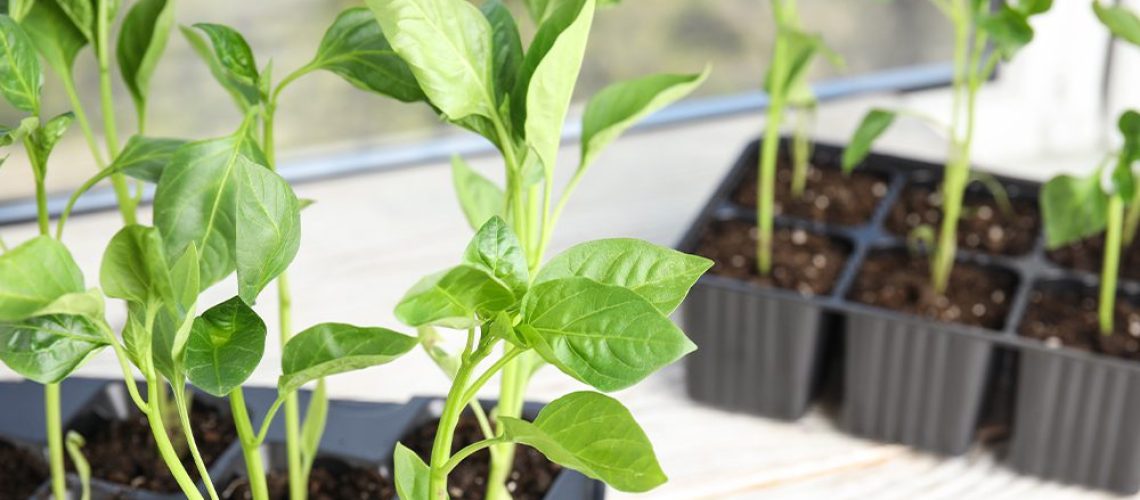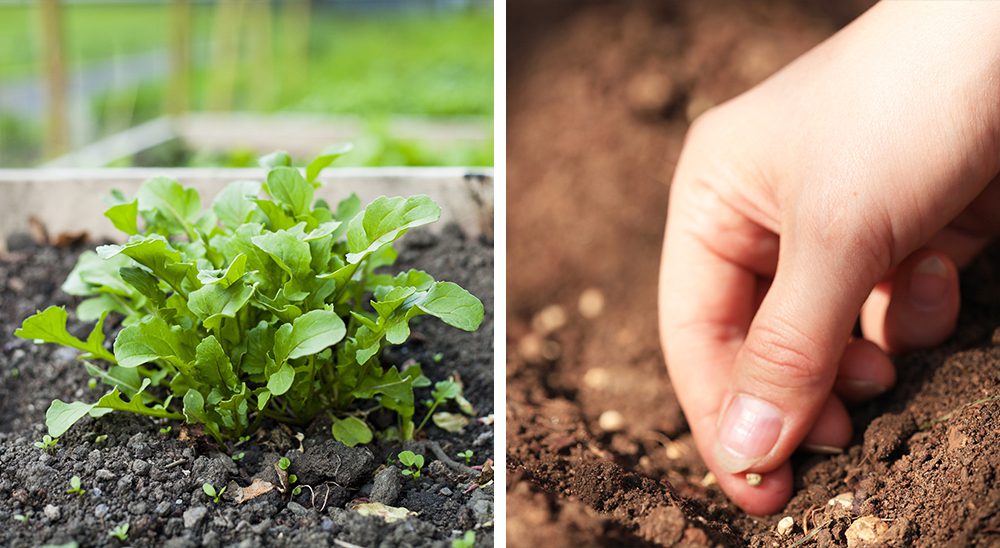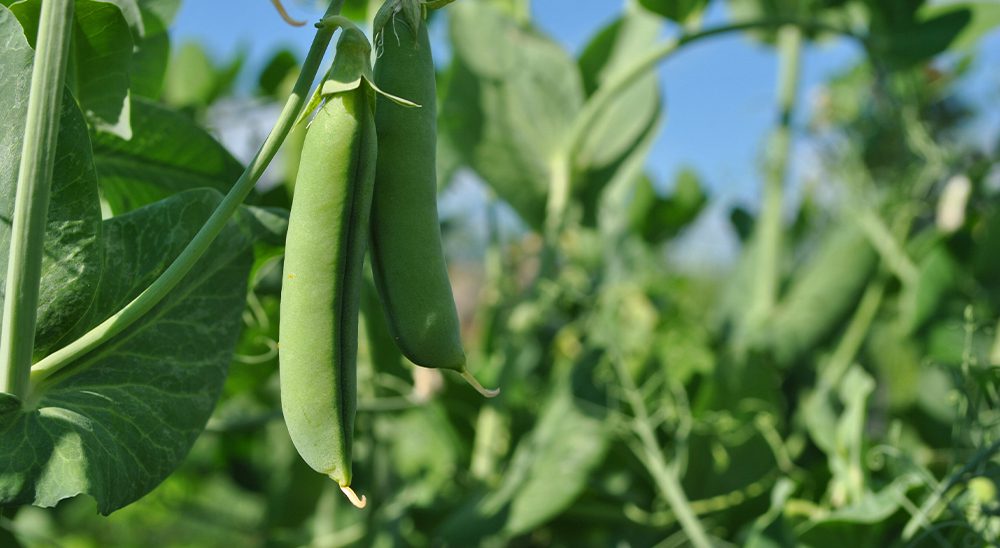- SHOP ONLINE
- AT THE GARDEN CENTRE
- BE INSPIRED
- LANDSCAPE SOLUTIONS
- EMPLOYMENT
- ABOUT US
Menu
- SHOP ONLINE
- AT THE GARDEN CENTRE
- BE INSPIRED
- LANDSCAPE SOLUTIONS
- EMPLOYMENT
- ABOUT US

Now, more than ever, we need to take care of ourselves both physically and mentally. The silver lining of our situation today is that we now have lots of time at home, and there’s no better way to use than to start or tend to your garden.
The benefits of gardening are precisely the kinds of things that so many of us are craving right now. It’s a diversion, a way to spend some quality time alone or with family, a source of fresh air and exercise—not to mention all the awesome produce that will end up saving you money and trips to the supermarket!
While lots of vegetables grow from seed, some take more time to grow than others—especially if you wait until after the last frost date of the year to plant them outdoors. All of these veggies can be ready to harvest in just a month or two if you start seeds indoors. Use seed-starting trays (tiny containers and empty egg cartons will work too) to start your seeds inside your home, making sure to follow the instructions on the package to ensure they germinate properly. After the last frost date, which happens near the end of May here in Guelph, you can choose to transplant them into your garden or keep a few of them as indoor plants.

As a rule of thumb, most salad greens are excellent choices for a quick harvest, but with just 30 days from seed to leaf, arugula is probably the fastest-growing green of them all. These flavorful leaves make a perfect salad base or pizza topping. They have a slightly tangy, peppery taste and are a great swap in when you get tired of the more common salad greens.
Spinach, like arugula, can be on your plate in as little as 4-6 weeks after planting from seed. Dave and I love to grow spinach in our garden because it’s incredibly versatile and packed with nutrients. Not only is spinach great in salads, but it can be added to smoothies, omelettes, pasta, stir-frys, soups, and almost any other dish you can think of!
Root veggies like carrots are usually tough enough to endure a light frost and can be direct-seeded into your garden 3-4 weeks before the last spring frost. If you’re antsy to start them now, you can seed them in a large container, and they’ll be ready in about two months. Just make sure the planter is deep enough for your carrots to completely mature—they don’t like to be transplanted.
It’s funny how so many kids refuse to eat peas on their plate, yet they love the crunch of sugar snap peas! Luckily, snap peas can be ready to harvest in just two months, with some varieties maturing even a week or two earlier than that. Snap peas can be easily added to any meal, and can also be enjoyed as a snack with hummus or other veggie dips.
Looking for more? Radish, beets, lettuce, and kale are all easy- and fast-growing veggies that you can start now!

Some people get grossed out by composting their kitchen scraps, but did you know you can actually re-grow some of it? Under the right conditions, these vegetables will continue to grow from their own leftovers! If you’re looking for something super simple and easy to do with the kids, try growing these right on your kitchen counter:
Green Onions, as well as scallions, fennel, and leeks, will continue to grow in a glass of water, as long as their roots are still intact. Fill a glass with about ½ inch to 1 inch of water (enough to cover the roots) and stand these classic garnish veggies upright. You’ll be amazed by how much growth will happen overnight!

Many herbs, like basil and cilantro, can be grown from just a single stem. Place the cut stems in a glass of water, in bright, indirect sunlight until roots begin to form—this should take just a few days. Then, transplant your little plant to a container. It takes only a few weeks for these herbs to mature enough for you to start harvesting them again. Here’s a tip: the more often you pick the leaves, the bushier your plant will get!
Instead of throwing them away, save your celery stumps and place them in a container with ½ inch – 1 inch of water. Place the bowl in direct sunlight, and watch as it sprouts new shoots. After a week, when you start to see leaves growing along the base, you can transplant it to a container where it will grow to mature size.
During these uncertain times, it’s refreshing to do something fun and new, whether it’s on your own or with the whole family. Growing vegetables at home is a stress-relieving activity that’s good for your body and mind. Sharing this activity with your kids might even get them more interested in trying new foods and eating their daily dose of veggies!
HOURS
JOIN US YEAR-ROUND!
Hours of Inspiration
Monday to Friday: 9am – 6pm
Saturday: 9am – 5pm
Sunday: 10am – 5pm
BE INSPIRED
Sign up for our E-Newsletter to receive garden tips, landscaping advice and more, delivered right to your inbox.
Sign up today!
Find Us